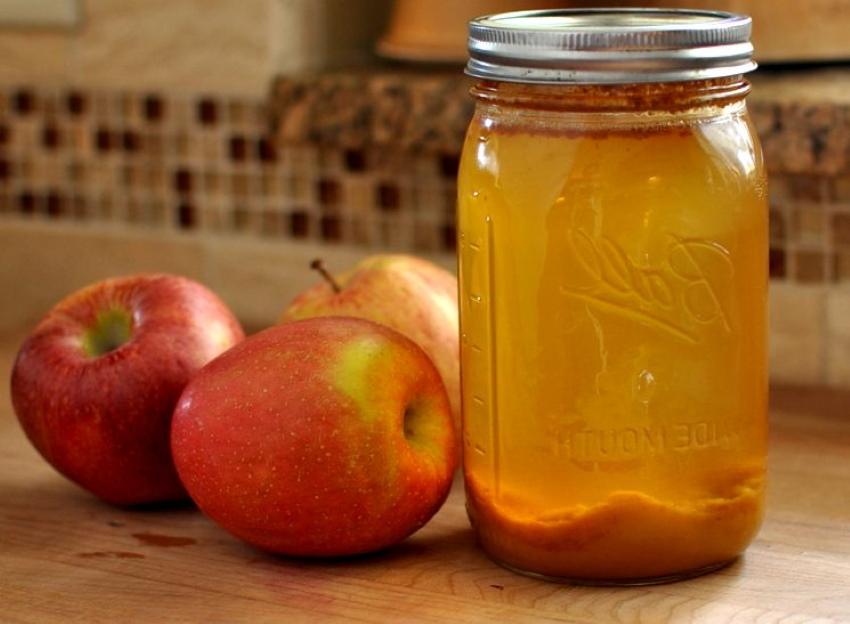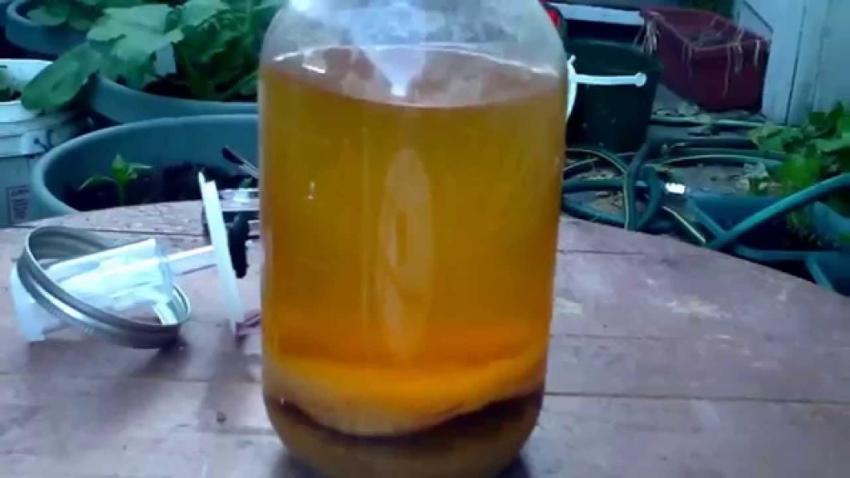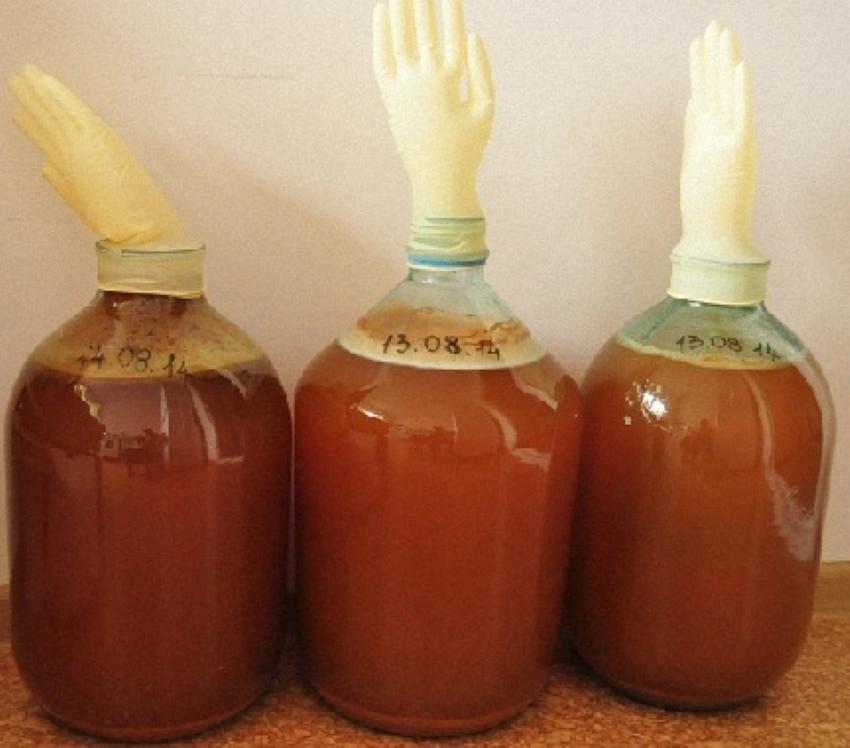How to make apple cider vinegar at home - revealing the secrets
 When you buy vinegar from a store, even with a label, you shouldn't trust everything that is written on it. Instead of selected apples, it is likely that an unscrupulous producer used waste or spoiled fruits. But knowing how to make apple cider vinegar at home, you will always get a high-quality and completely natural product. It will be not only tastier, but also several times safer than purchased. You won't take rotten apples, will you? And won't you add flavorings to table vinegar to turn it into apple cider vinegar? Unfortunately, this is quite common on supermarket shelves.
When you buy vinegar from a store, even with a label, you shouldn't trust everything that is written on it. Instead of selected apples, it is likely that an unscrupulous producer used waste or spoiled fruits. But knowing how to make apple cider vinegar at home, you will always get a high-quality and completely natural product. It will be not only tastier, but also several times safer than purchased. You won't take rotten apples, will you? And won't you add flavorings to table vinegar to turn it into apple cider vinegar? Unfortunately, this is quite common on supermarket shelves.
If you have your own garden, there will be no problem with ingredients at all. If you have a good harvest of apples, enough for jam and vinegar. Made at home, it will be tastier and certainly safer for your health. True, it is not as sour as the store one (4% versus 6%), but it will work for both culinary and medicinal purposes.
How to make apple cider vinegar at home - a natural sugar-free product

After about 2 weeks, the glove will inflate well, and a vinegar uterus will appear on the surface of the juice - a dense film. Now gently pour the preform into a saucepan so that there is enough room for it to ferment. Cover the container with a towel or napkin and let sit for up to 2 months. During this time, the vinegar will "win out" and become transparent, and the uterus will sink to the bottom. Strain it and pour it into dark bottles.
Do not fill either the bottle or the pot completely - there should be 1/3 of the volume left for fermentation.
Apple cider vinegar with sugar
 Choose overripe apples and preferably sweet varieties... They only need 1 kg. The cooking procedure is simple and consists of the following:
Choose overripe apples and preferably sweet varieties... They only need 1 kg. The cooking procedure is simple and consists of the following:
- Wash and grind the fruits to a gruel state.
- Place in a saucepan.
- Sprinkle a little sugar on top (50 g is enough, because the fruits will be sweet by themselves).
- Fill with water so that it covers the apples completely and another 3 cm higher.
- Place the pan in the dark and warm (at least 25 °) for 2 weeks. Stir occasionally.
- After the specified time has elapsed, strain the workpiece and pour into a bottle.
- Stand for another 2 weeks.
Once the vinegar is lighter and precipitated, you can bottle it and seal it for storage. By the way, put the bottles in a dark place.